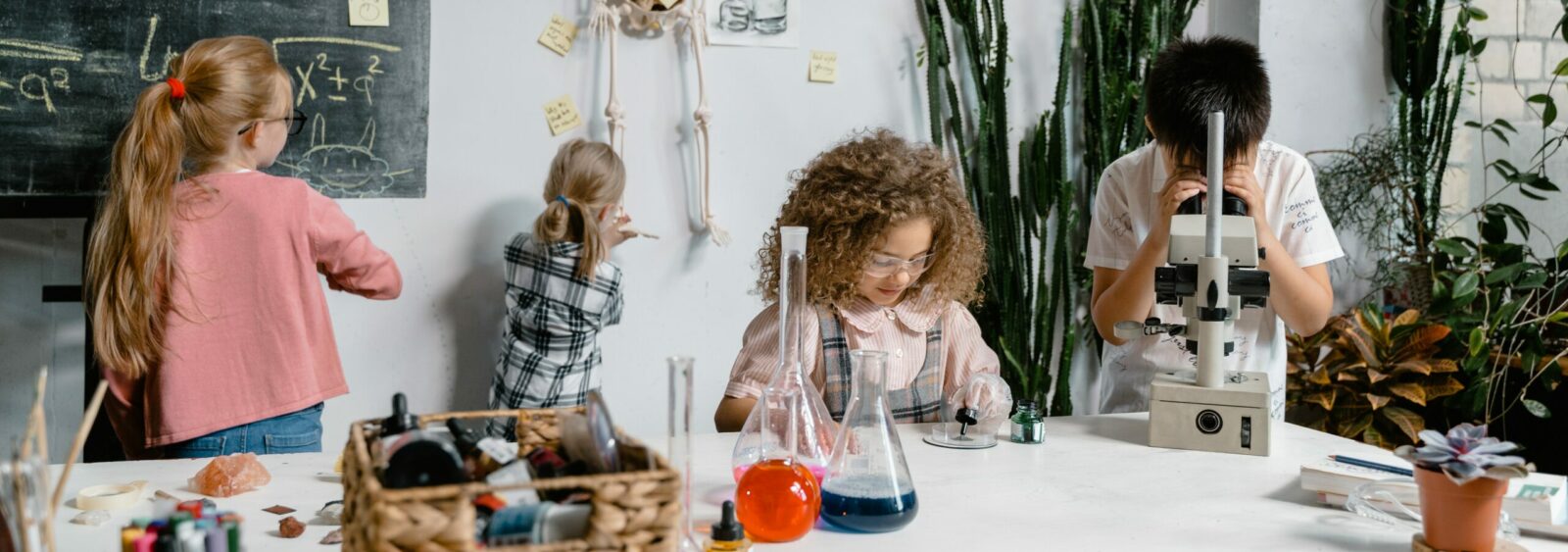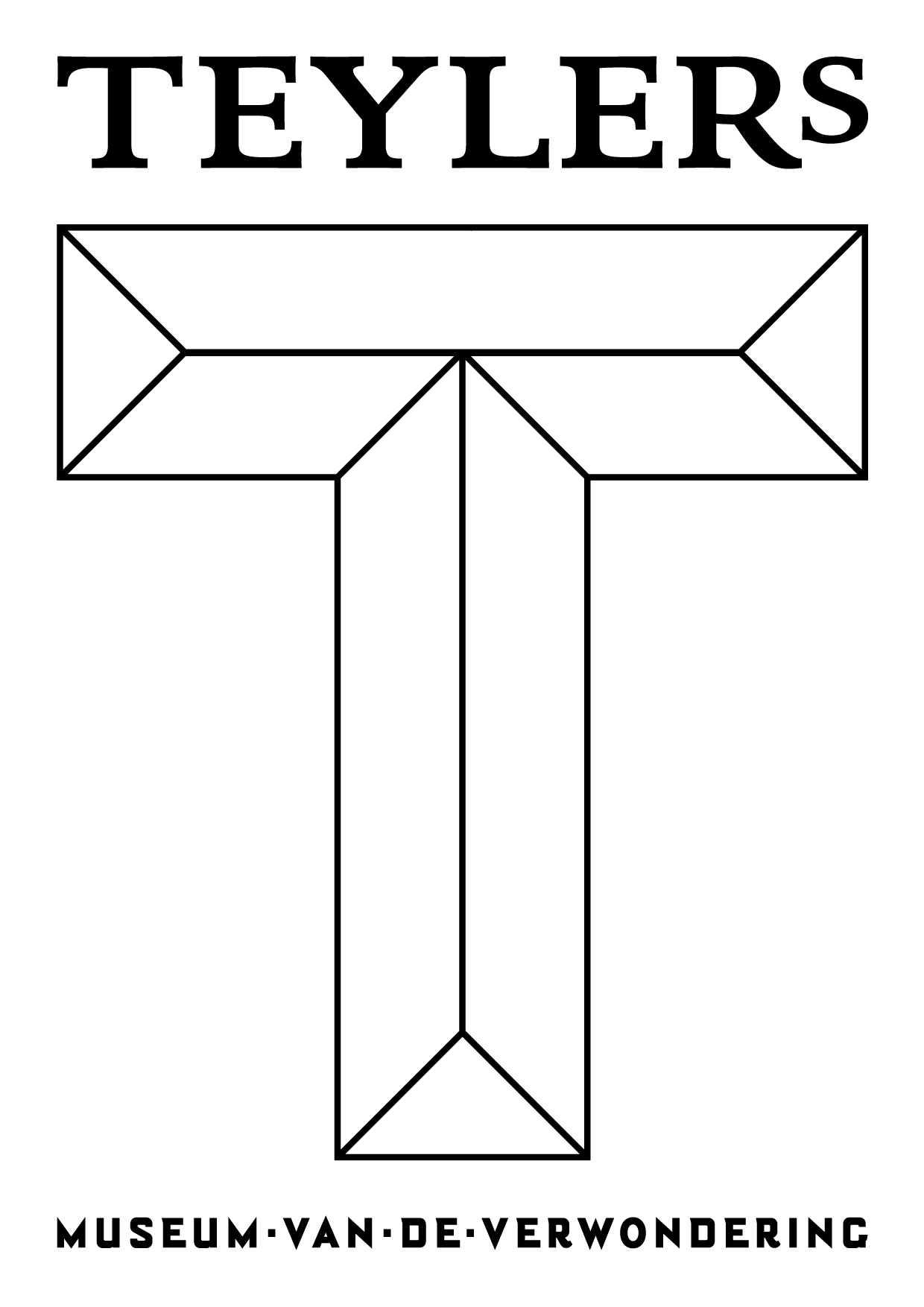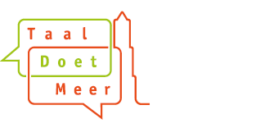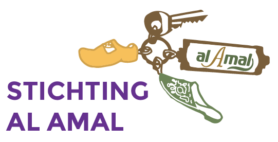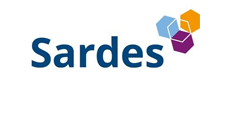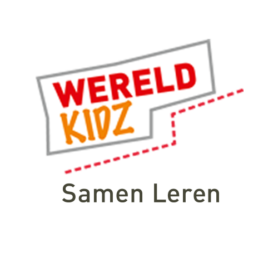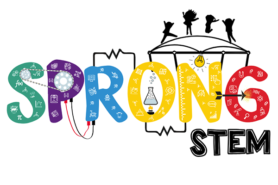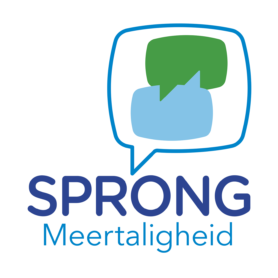The value of a multilingual approach: a teacher’s perspective
School teachers Violet and Bart have developed multilingual routines in which they regularly ask their students to work on the material in their home language, before doing so in Dutch. They teach grades 5 and 6 in a newcomer school in the Netherlands. They also regularly discuss differences and similarities between languages with her students. For example, Violet asked her students to explain to her how the counting system worked in their languages; which currencies they knew and what they could buy with them; how they told time on the clock; and they discussed nuances between different words for ‘sad’ in different languages.
Violet and Bart work with languages that they do not speak themselves. This brings lots of challenges of course, but it also brings many accomplishments. We asked Violet:
Can you tell us about the added value of a multilingual approach?
Below we provide a selection of her answers that were collected over time.
“I was working on telling time with two students. And I asked ‘What is that in Arabic? How do you say that? Hey, does that mean the same?’ Then Turkish was added to the conversation. We were discovering as equals. I personally think these are very nice and powerful learning situations. Because you investigate together. And it is also a kind of empowerment of the students, because they can tell you the things they can do in their language.”
“I think it is always nice for children when you are curious about how something works in their languages. Look, it can help children relax and enjoy, instead of only the child working hard and doing their best.”
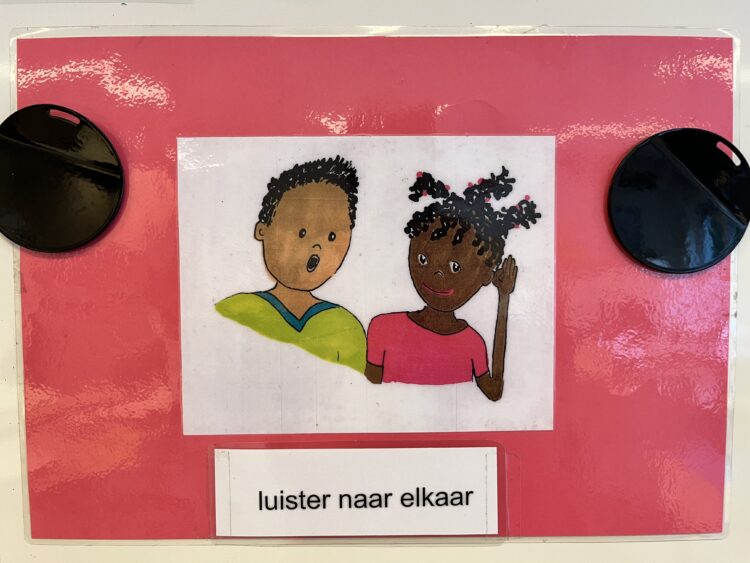
“Because we had discussed the different languages, I remembered how to [count] in Arabic, and it was nice for [the student] to do it in her own language. Because that… that helped us get through the lesson faster. It takes so much time for the student to keep thinking about ‘how do you say that in Dutch?’. She’s not there yet.”
“The best thing is the enthusiasm of the children. Seth immediately walked to Bart to show him the Lebanese money.”
“The children were all smiling, like: ‘oh yes, oh yes, that’s from my country’.”
“We followed the students’ interpretations and their stories. And that evoked a lot of language! Because a student wanted to say ‘I have been with my cousin for a year’, and then the translations for ‘aunt’, ‘uncle’, and ‘nephew’, and ‘niece’ also came by.”
“Using home languages in the classroom has a connecting effect and it helps the learning process.”
